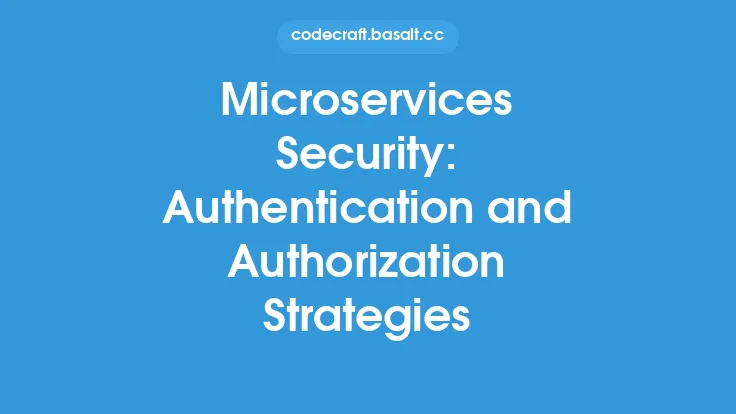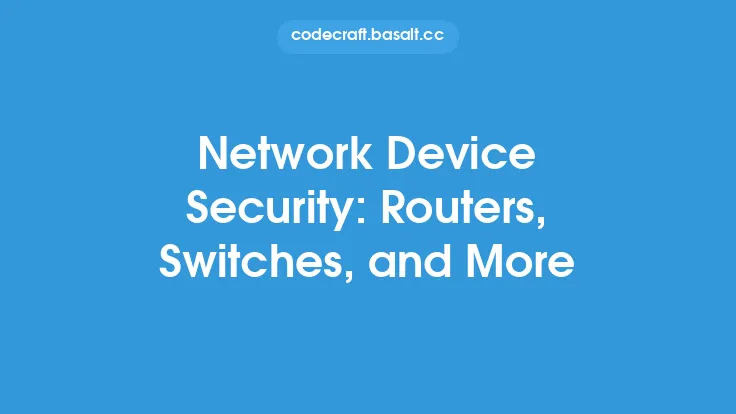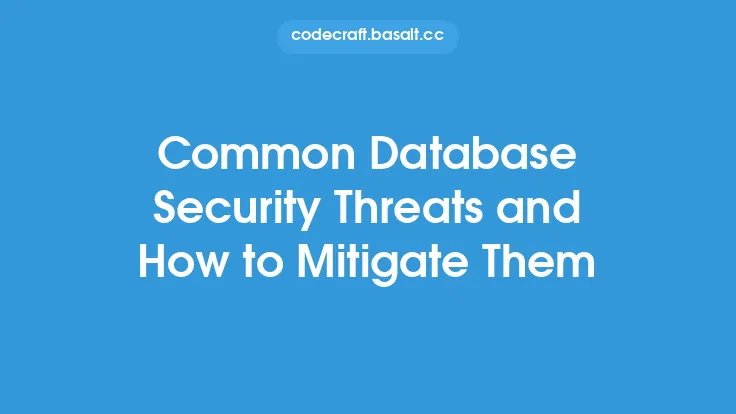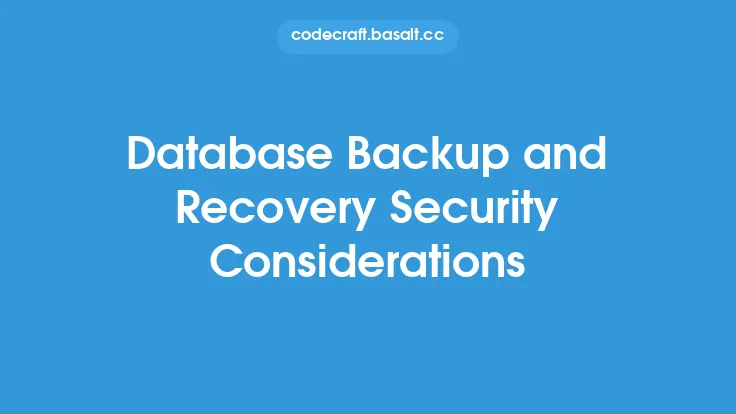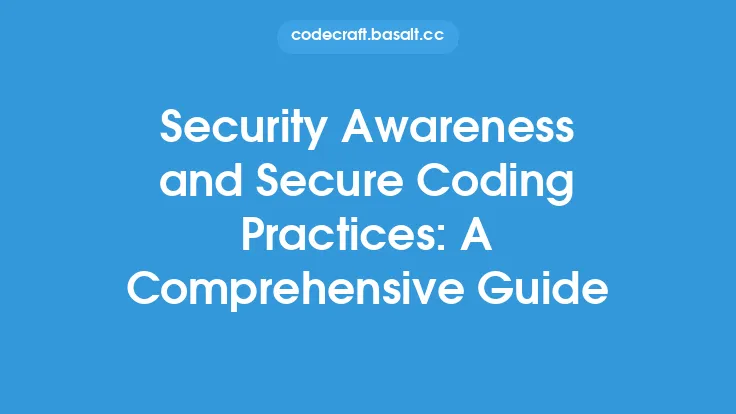API security is a critical aspect of software architecture, as it ensures the confidentiality, integrity, and availability of data exchanged between systems. With the increasing reliance on APIs in modern software development, the need for robust security measures has never been more pressing. In this article, we will delve into the essential components of API security, including authentication, authorization, and data encryption, providing a comprehensive overview of the concepts, techniques, and best practices involved.
Introduction to API Security
API security encompasses a broad range of measures designed to protect APIs from unauthorized access, use, and data breaches. The primary goal of API security is to ensure that only authorized users and systems can access and manipulate data, while preventing malicious actors from exploiting vulnerabilities. This is achieved through a combination of authentication, authorization, and encryption mechanisms, which work together to provide a robust security framework.
Authentication in API Security
Authentication is the process of verifying the identity of users or systems attempting to access an API. This is typically achieved through the use of credentials, such as usernames and passwords, tokens, or certificates. There are several authentication mechanisms commonly used in API security, including:
- Basic Authentication: This involves sending a username and password in plain text with each request. While simple to implement, basic authentication is not recommended due to its lack of security.
- Token-Based Authentication: This involves generating a token, such as a JSON Web Token (JWT), which is sent with each request. Tokens can be signed and verified using a secret key, providing an additional layer of security.
- OAuth 2.0: This is an industry-standard authorization framework that provides a secure way to authenticate and authorize users. OAuth 2.0 uses tokens and authorization codes to manage access to protected resources.
Authorization in API Security
Authorization is the process of determining what actions an authenticated user or system can perform on an API. This is typically achieved through the use of access control lists (ACLs), role-based access control (RBAC), or attribute-based access control (ABAC). Authorization mechanisms can be implemented at various levels, including:
- Resource-Level Authorization: This involves controlling access to specific resources, such as endpoints or data entities.
- Action-Level Authorization: This involves controlling access to specific actions, such as read, write, or delete operations.
- Role-Based Authorization: This involves assigning roles to users or systems, which determine the level of access they have to an API.
Data Encryption in API Security
Data encryption is the process of converting plaintext data into unreadable ciphertext, making it inaccessible to unauthorized parties. There are several encryption mechanisms commonly used in API security, including:
- Transport Layer Security (TLS): This is a cryptographic protocol that provides end-to-end encryption for data in transit. TLS is widely used to secure HTTP traffic and is a critical component of API security.
- JSON Web Encryption (JWE): This is a standard for encrypting JSON data, which is commonly used in APIs. JWE provides a secure way to protect sensitive data, such as passwords or credit card numbers.
- Message Authentication Codes (MACs): This involves generating a digital signature for data, which can be used to verify its integrity and authenticity.
Best Practices for API Security
Implementing robust API security measures requires careful planning and attention to detail. Here are some best practices to consider:
- Use HTTPS: Always use HTTPS to encrypt data in transit and prevent eavesdropping and tampering attacks.
- Implement Authentication and Authorization: Use a combination of authentication and authorization mechanisms to control access to an API.
- Use Secure Token Storage: Store tokens securely, using mechanisms such as secure cookies or token storage services.
- Monitor and Log API Activity: Monitor and log API activity to detect and respond to security incidents.
- Use Secure Data Storage: Store sensitive data securely, using mechanisms such as encryption or secure data storage services.
Common API Security Threats
APIs are vulnerable to a range of security threats, including:
- SQL Injection: This involves injecting malicious SQL code into an API, which can be used to extract or modify sensitive data.
- Cross-Site Scripting (XSS): This involves injecting malicious code into an API, which can be used to steal user data or take control of user sessions.
- Cross-Site Request Forgery (CSRF): This involves tricking users into performing unintended actions on an API, which can be used to steal user data or take control of user accounts.
- Denial of Service (DoS): This involves overwhelming an API with traffic, which can be used to make it unavailable to legitimate users.
Conclusion
API security is a critical aspect of software architecture, requiring careful attention to authentication, authorization, and data encryption mechanisms. By implementing robust security measures and following best practices, developers can protect their APIs from unauthorized access, use, and data breaches. As the reliance on APIs continues to grow, the importance of API security will only continue to increase, making it essential for developers to prioritize security in their API design and implementation.
